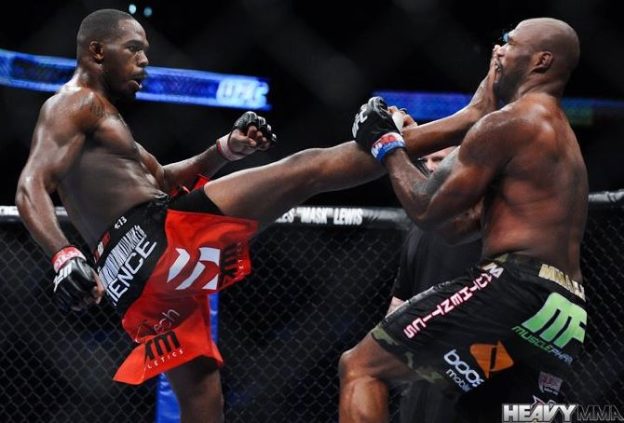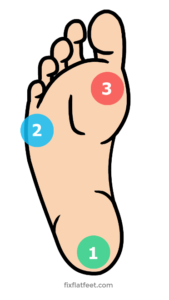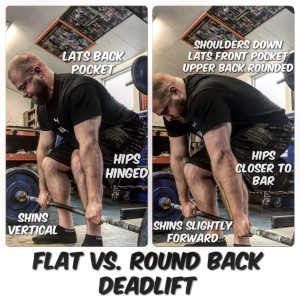“Feel your whole foot” is a simple, yet powerful cue I picked up from renowned strength coach, Mike Robertson. It is useful when performing squats, deadlifts, and many other movements.
Let’s use the deadlift as an example.
Feeling your heel is important to avoid getting pulled forward in the deadlift. Many lifters tend to overcorrect and shift too much of their weight back onto their heels, sometimes even lifting their toes off the floor. This results in a sub-optimal transfer of force and an overall less efficient lift.
While you want to be able to find and drive through your heels, you also want to feel your whole foot on the floor so you can stay balanced and use the proper muscles to transfer the greatest amount of force through the ground.
We want to root our feet to the ground, keeping a balanced three points of contact on the floor, aka. “tripod foot”.
You can try this out for yourself right now:
- Start in the bottom of a bodyweight squat or deadlift starting position. Shift your weight forward towards the balls of your feet and stand.
- Try again with all your weight shifted back onto your heels.
- Perform once more, this time finding your heels while feeling your whole foot on the floor.
You will notice the last approach feels far more balanced and powerful.
Try this out next time you perform squats, deadlifts, presses, swings, unilateral lower body movements, or anything else and let me know what you think!
If you have any comments or questions leave them below or shoot me an email me at adamnpine@gmail.com





